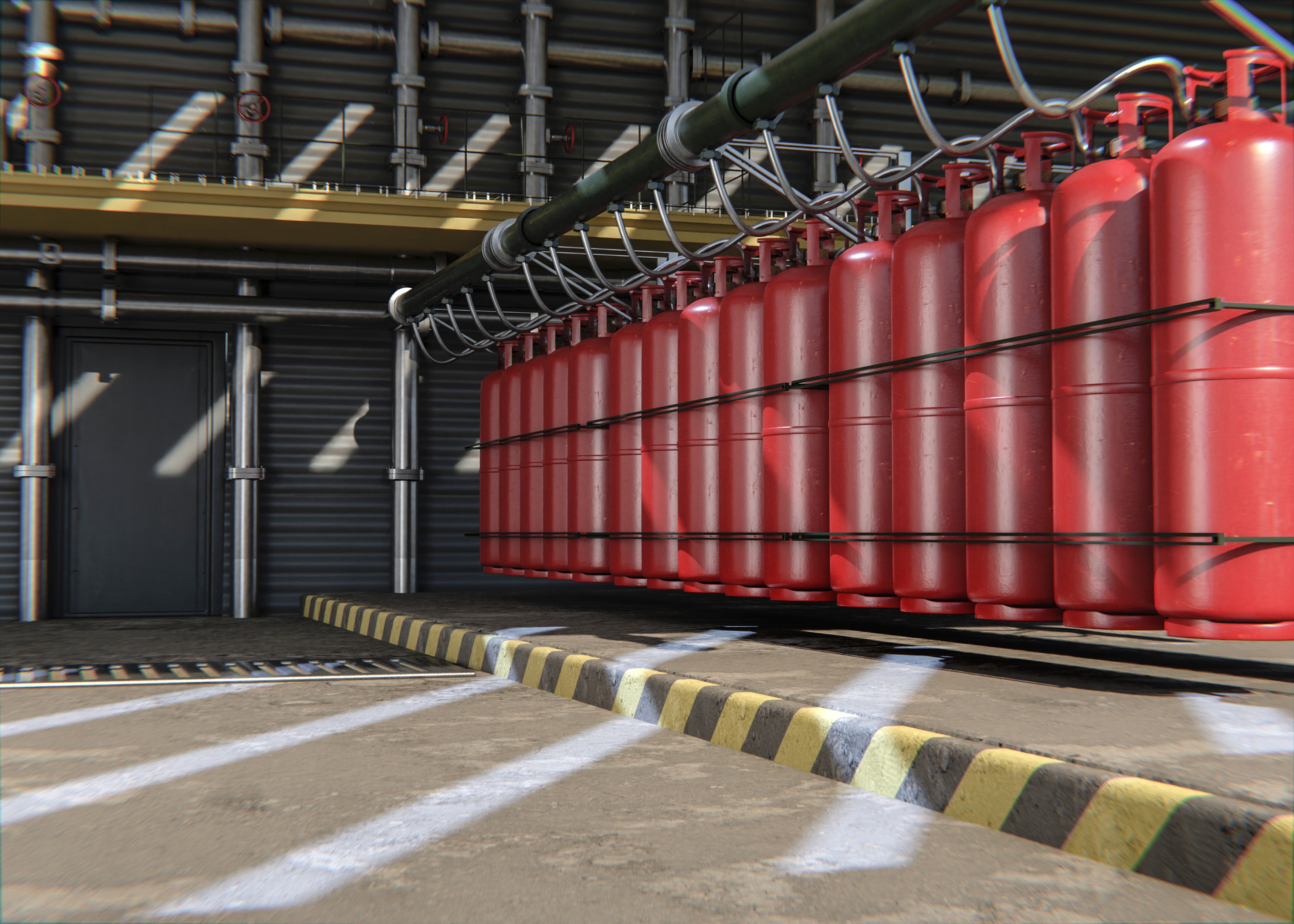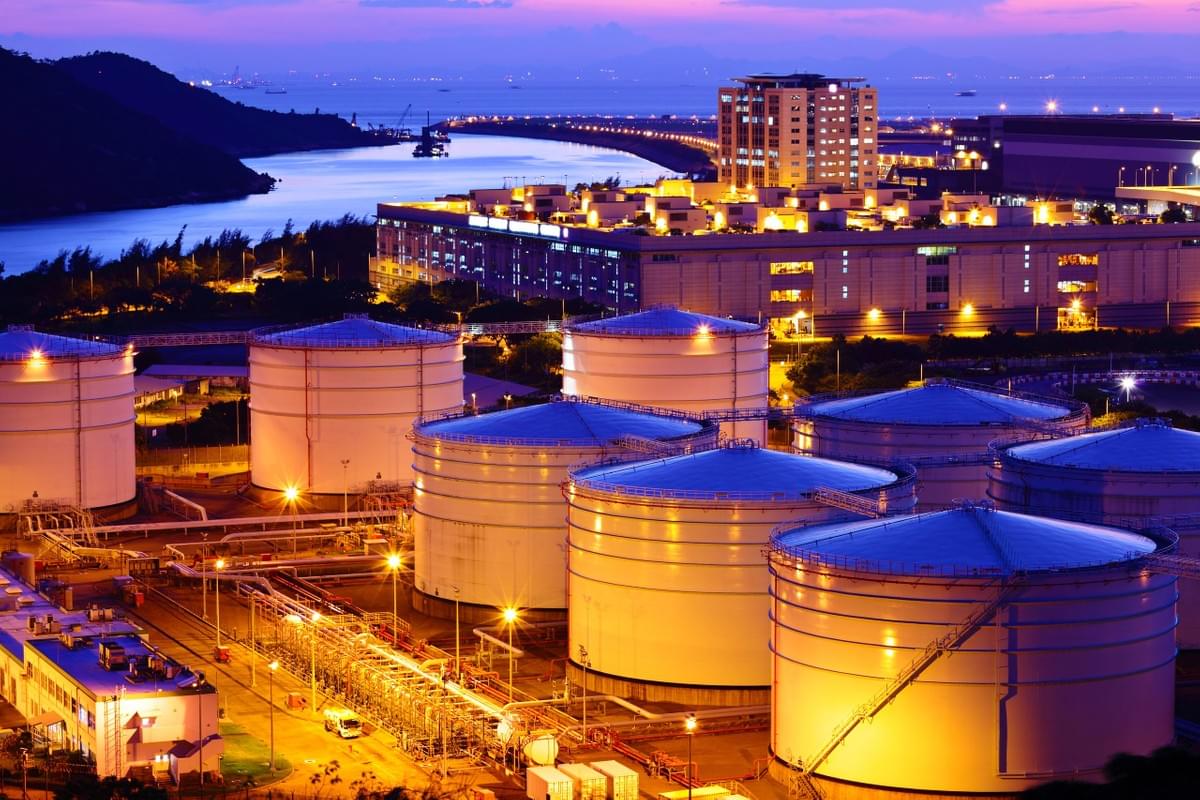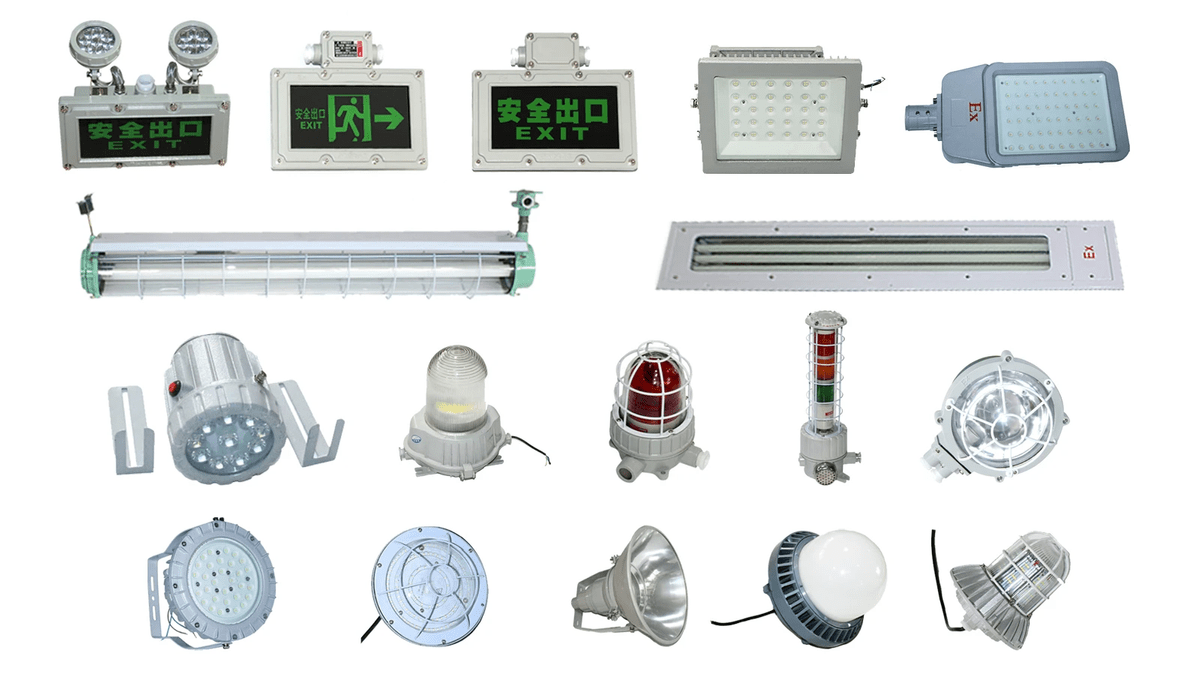Introduction

Understanding flammable gases' properties and differences is crucial for safety and efficiency. What is the most flammable gas in the world? How does natural gas's flammability range compare to other gases like propane? Exploring the difference between natural gas and propane can shed light on their explosive potential.
What Is the Most Flammable Gas in the World?
Hydrogen is often attributed to the title of most flammable gas due to its wide flammability range and low ignition energy. This makes it highly volatile and potentially dangerous if not handled with care. Understanding its properties is essential for safe usage.
Hydrogen's flammability range is wide, from 4% to 75% in air, making it highly reactive and prone to combustion. Additionally, its low ignition energy means that it can ignite easily and burn at a rapid rate. These properties make hydrogen a potential hazard in various industrial and laboratory settings, requiring careful handling and storage to minimize the risk of accidents.
Understanding the Flammability Range of Natural Gas
Natural gas, a common fuel source, has a specific range of air concentrations within which it can ignite. This explosive range must be carefully managed to prevent accidents or explosions. Knowing this range is vital for anyone working with or around natural gas. It's important to note that the flammability range of natural gas can vary depending on factors such as temperature and pressure. Therefore, regular monitoring and testing of the environment where natural gas is present is crucial to ensure safety.
Exploring the Difference Between Natural Gas and Propane
While natural gas and propane are flammable, the science behind their flammability differs. Natural gas primarily comprises methane, which has a higher ignition temperature than propane. This means that natural gas requires a higher ignition temperature, making it slightly safer in flammability than propane.
The Science Behind Flammability

When it comes to the chemical composition of flammable gases, it's important to understand that hydrogen is the most flammable gas in the world. With a wide explosive range, hydrogen is highly reactive and can ignite easily, making it crucial to handle with care in industrial and commercial settings.
The Chemical Composition of Flammable Gases
The chemical composition of flammable gases varies, but they all share the common characteristic of being able to ignite and burn easily. Hydrocarbons like methane, propane, and butane are commonly found in natural gas and have a high flammability range. Understanding their composition is essential for safe handling and usage.
Various sources, including open flames, sparks, and hot surfaces, can ignite flammable gases. Understanding the potential ignition sources for these gases is important to minimize the risk of fire or explosion. By identifying and controlling potential ignition sources, individuals can safely handle and use flammable gases without putting themselves or others at risk.
Understanding the Ignition Source for Flammable Gases
Flammable gases require an ignition source to start a fire or explosion. This could be anything from a spark or flame to high temperatures or static electricity. Understanding the potential ignition sources is crucial for preventing accidents when working with these volatile substances.
Understanding the potential ignition sources is crucial for preventing accidents with flammable gases. It's important to consider the environment where these gases are used, as factors such as high temperatures or even static electricity can pose a significant risk. For example, in industrial settings, machinery and equipment can generate sparks that could ignite flammable gases if proper precautions are not taken. Additionally, the presence of open flames or hot surfaces must be carefully managed to minimize the risk of ignition.
Factors Affecting the Flammability Range of Gases
The flammability range of natural gas, including its explosive potential, is determined by several key variables:
- Temperature: Higher temperatures can expand the flammability range.
- Pressure: Increased pressure can also affect the gas's ignition properties.
- Oxygen concentration: Adequate oxygen is necessary for combustion, but excessive amounts can alter the flammability range.
- Presence of other chemicals: Certain substances can interact with natural gas, changing its combustion behavior.
Understanding these factors is essential for preventing accidents and ensuring safe natural gas handling.
Flammable Gas Applications

Industrial and Commercial Uses of Flammable Gases
Flammable gases are widely used in various industrial and commercial applications, including welding, heating, and powering machinery. Natural gas, known for its high flammability, is commonly used for heating and cooking in residential and commercial buildings. On the other hand, propane is often used as a fuel source for vehicles, industrial machinery, and even in agricultural operations.
Flammable gases are also used to produce plastics, pharmaceuticals, and chemicals. Ethylene, for example, is a highly flammable gas used in the production of polyethylene, which is widely used in packaging and construction materials. Additionally, acetylene is commonly used in chemical synthesis and metal-cutting processes due to its high flammability and ability to produce high temperatures when burned. These industrial applications highlight the diverse uses of flammable gases beyond just heating and powering machinery.
Safety Measures for Handling Flammable Gases
When handling flammable gases such as natural gas or propane, strict safety measures are crucial to prevent accidents. These include proper storage in well-ventilated areas, regular inspections for leaks, and the use of specialized equipment designed to handle these volatile substances safely. Additionally, employees working with flammable gases should undergo comprehensive training on handling procedures and emergency protocols.
Furthermore, it is essential to clearly understand the potential impact of flammable gases on the environment. Accidental leaks or spills of these gases can lead to air and water pollution and contribute to greenhouse gas emissions. Therefore, it is crucial to implement measures to minimize the release of flammable gases into the environment, such as regular equipment maintenance and prompt response to detected leaks. Additionally, proper disposal of flammable gas containers and waste is necessary to prevent environmental contamination.
Impact of Flammable Gas on the Environment
Flammable gases, primarily natural gas and propane, significantly threaten our environment due to their role in air pollution and climate change. Combustion of these gases releases harmful pollutants and greenhouse gases into the atmosphere.
The environmental impact of flammable gases can be summarized as follows:
- Air pollution: Combustion of natural gas and propane releases carbon dioxide and other pollutants, contributing to poor air quality.
- Climate change: The release of greenhouse gases, including methane from leaks and the fracking process, exacerbates global warming.
- Water contamination: Fracking operations associated with natural gas extraction can contaminate water sources.
- Ecosystem disruption: The overall impact of these gases on ecosystems is detrimental due to habitat loss and pollution.
Understanding the environmental consequences of flammable gases is crucial in developing effective mitigation strategies and promoting sustainable alternatives.
Safety Regulations and Standards

Regulatory Compliance for Flammable Gas Handling
Regulatory compliance is crucial when handling flammable gases to ensure the safety of workers and the environment. Understanding the specific guidelines and standards for storing, transporting, and using these gases is essential in preventing accidents and minimizing risks associated with their flammability.
In addition to following regulatory compliance, it is also important to invest in ex-proof equipment for explosive environments. Ex-proof, or explosion-proof, equipment is designed to prevent the ignition of flammable gases and vapors, reducing the risk of fire or explosion. This specialized equipment is essential for maintaining a safe working environment when handling flammable gases and protecting workers and the surrounding area.
Importance of Ex-Proof Equipment in Flammable Environments
In explosive environments where the risk of explosion is high, using Ex-Proof equipment is paramount. These specialized devices are designed to prevent ignition sources from coming into contact with flammable gases, reducing the likelihood of a fire or explosion. This technology is vital in maintaining safety in industrial settings where flammable gases are present.
In addition to preventing ignition sources from coming into contact with flammable gases, Ex-Proof equipment also helps minimize the risk of electrical and mechanical sparks that could ignite a fire or explosion. This is achieved through the use of specialized materials and construction methods that are specifically designed to contain any potential sources of ignition. By investing in Ex-Proof equipment, industrial facilities can significantly reduce the likelihood of accidents and ensure the safety of their workers.
Jinrong's Expertise in Ex-Proof Manufacturing

Jinrong has established itself as a leader in Ex-Proof manufacturing, providing high-quality equipment that meets stringent safety standards for use in hazardous environments. Focusing on innovation and reliability, Jinrong's expertise ensures that businesses can effectively mitigate the risks associated with flammable gases while maintaining operational efficiency.
Building on this reputation, Jinrong invests in research and development to stay ahead of industry trends and technological advancements. By staying at the forefront of innovation, Jinrong can offer cutting-edge solutions that meet current safety standards and anticipate future regulatory requirements. This forward-thinking approach gives businesses the confidence to invest in equipment that will remain compliant and effective for years.
Safety First: Managing Flammable Gas Risks

When it comes to managing flammable gas risks, knowledge is power. Understanding the differences between natural gas and propane and the flammability range of natural gas is crucial for safety. Partnering with Jinrong for ex-proof solutions ensures that you have the expertise and equipment needed to handle flammable gases safely. Embracing innovation in flammable gas safety means following regulations and standards to protect people and the environment.
Safety should always be the top priority when handling flammable gases. Knowing the most flammable gas in the world and understanding its explosive range can help mitigate risks. You can minimize the potential hazards of handling flammable gases by implementing proper safety measures and adhering to regulations.
Additionally, it is crucial to properly train all personnel who will be working with flammable gases. This includes understanding the gases' properties, how to handle and store them safely, and what to do in case of an emergency. Regular safety drills and refresher courses can help ensure everyone is prepared to respond appropriately to a gas-related incident.
Partnering with Jinrong for Ex-Proof Solutions
Jinrong offers unparalleled expertise in ex-proof manufacturing, making it an indispensable partner for ensuring safety when handling flammable gases.
Key benefits of partnering with Jinrong:
- Uncompromising safety: Jinrong's high-quality equipment strictly follows safety standards, minimizing risks associated with flammable gases.
- Industry leadership: Their commitment to staying ahead of industry trends ensures innovative and effective safety solutions.
- Proactive safety culture: Jinrong's forward-thinking approach anticipates potential hazards and safeguards workers and facilities.
By choosing Jinrong, you invest in a partner dedicated to creating a secure operating environment.
Embracing Innovation in Flammable Gas Safety
Innovation plays a key role in improving safety measures for handling flammable gases. Staying updated on new technologies and advancements in safety equipment can help enhance overall safety protocols. By embracing innovation, you can proactively address potential risks associated with flammable gases while also promoting a culture of continuous improvement.
In addition to enhancing safety protocols, embracing innovation in flammable gas safety can lead to cost savings and increased efficiency. New technologies and advancements in safety equipment often offer improved performance and durability, reducing the need for frequent replacements and maintenance. By investing in innovative solutions, companies can minimize the risk of accidents and optimize their operational processes, ultimately leading to a more sustainable and profitable business.

